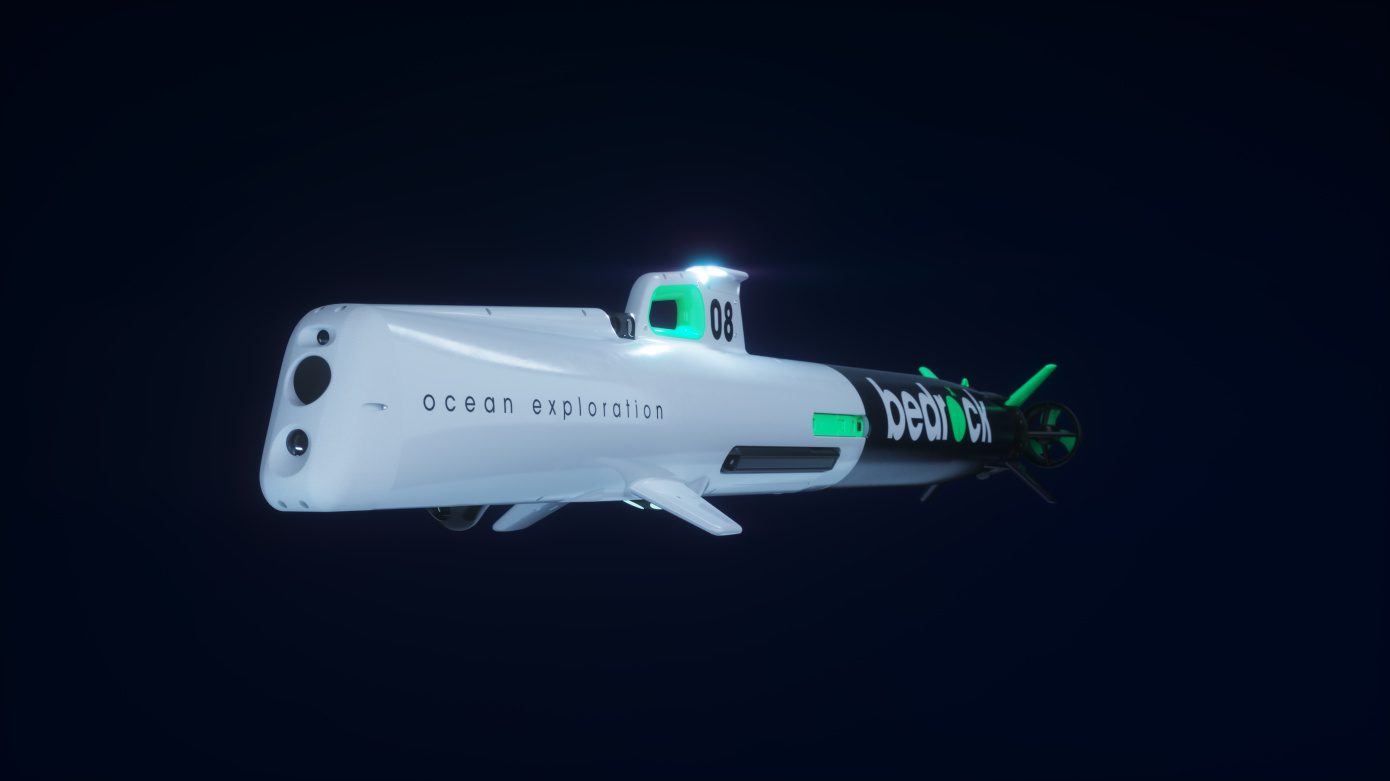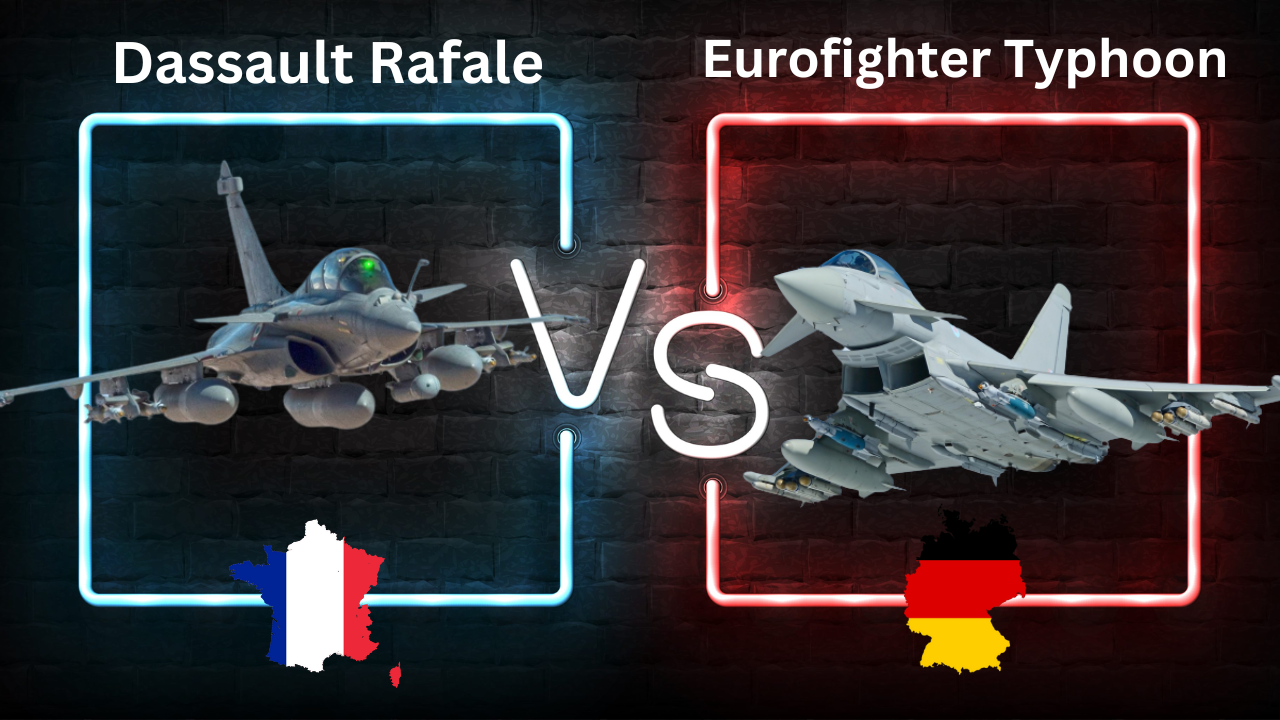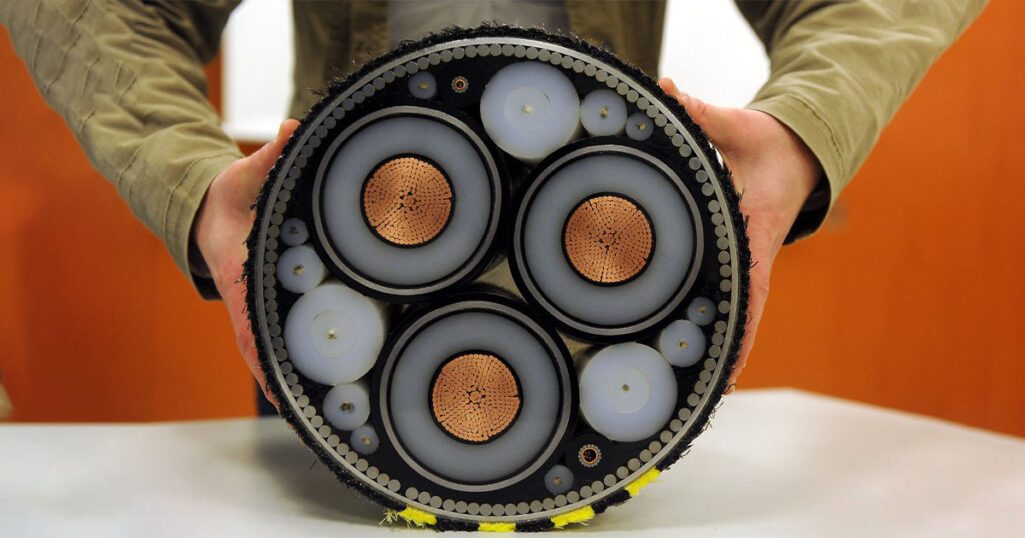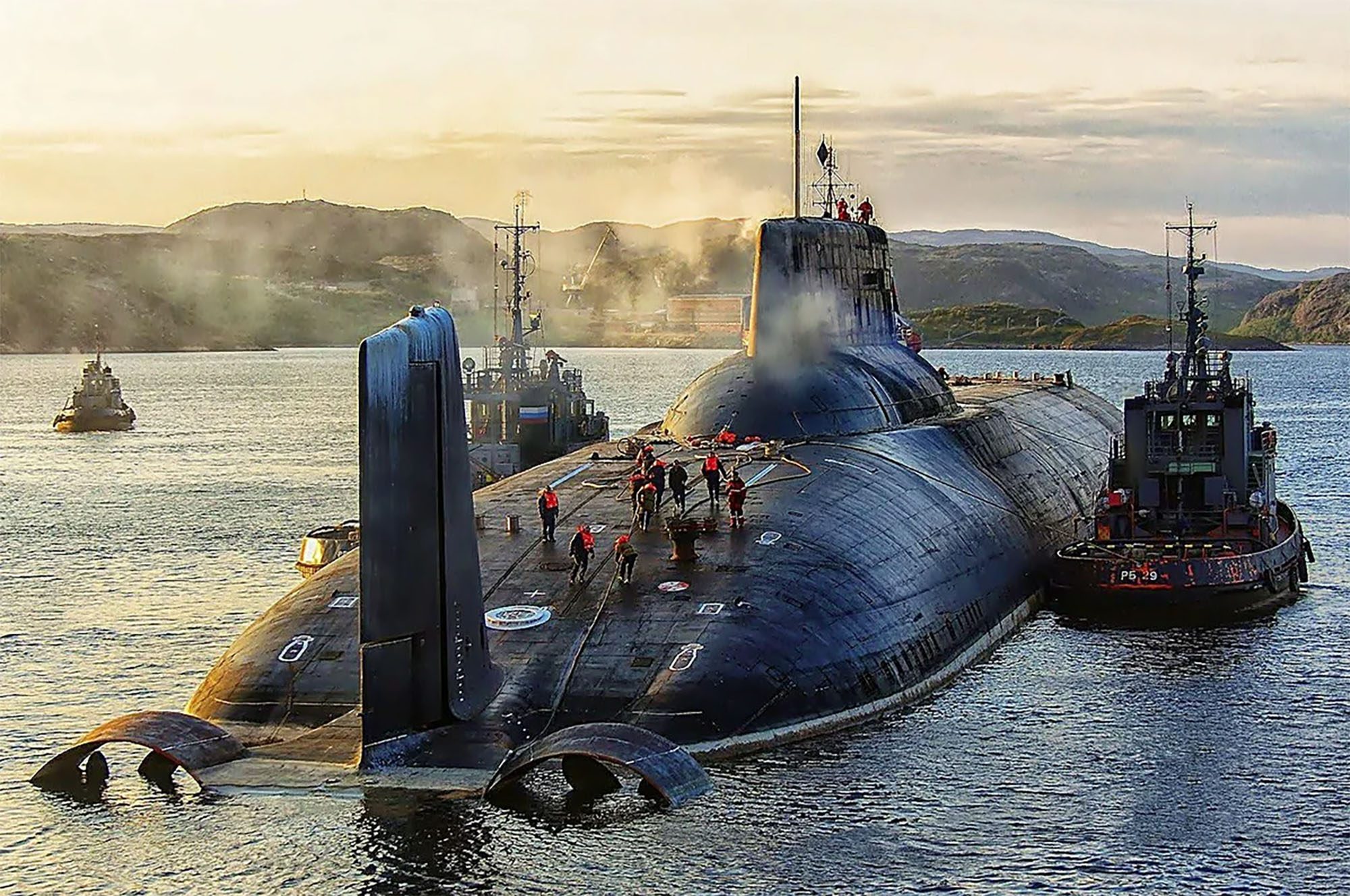
The nuclear-powered ballistic missile (SSBN) submarines of the Typhoon class (Project 941 Akula class) were built at the Severodvinsk Shipyard in the White Sea near Archangel.
Dmitry Donskoy (TK 208) was the first of the six members of the class to be commissioned in 1981, followed by TK 202 in 1983, Simbirsk (TK 12) in 1984, TK 13 in 1985, Arkhangelsk (TK 17) in 1987, and Severstal (TK 20) in 1989. The submarines were stationed at Litsa Guba with the Russian Northern Fleet.
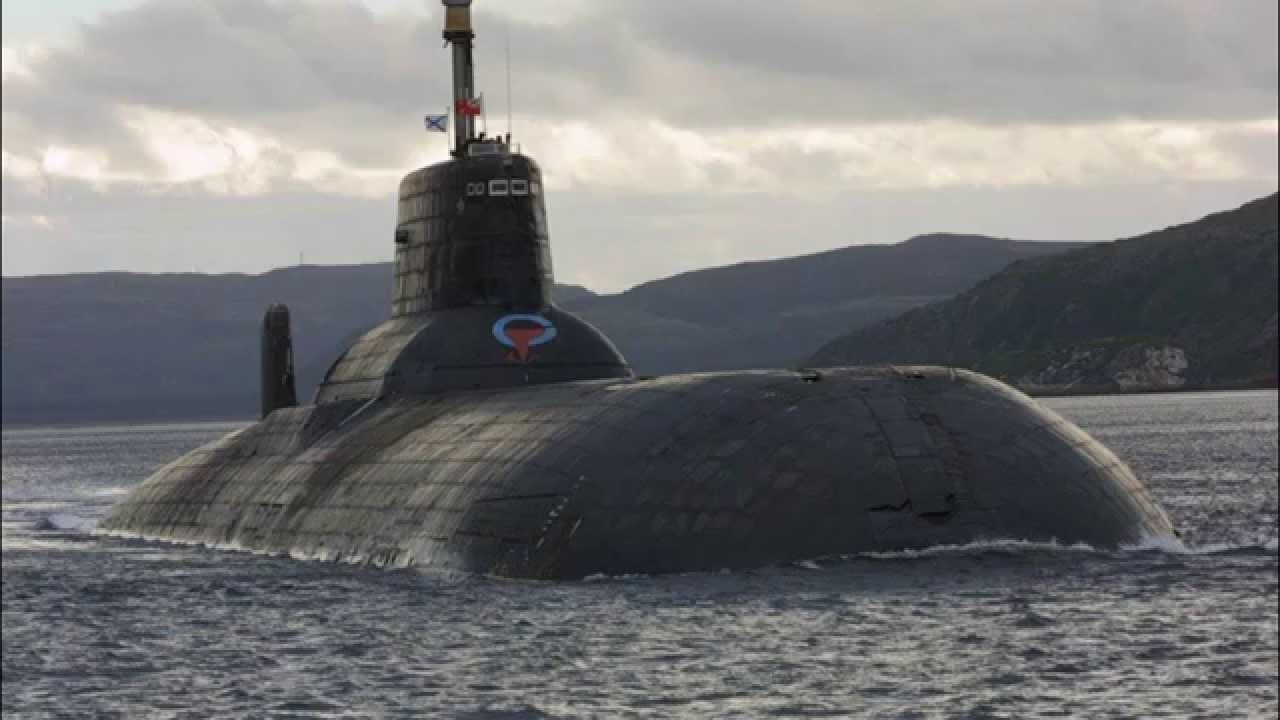
Source: usadefensenews
Dmitry Donskoy was relaunched in 2002 after a renovation to Project 941UM and is now employed as a testing ship. The submarine was transferred from the Northern Fleet to the Baltic in order to participate in the 2017 Main Naval Parade in Kronstadt.
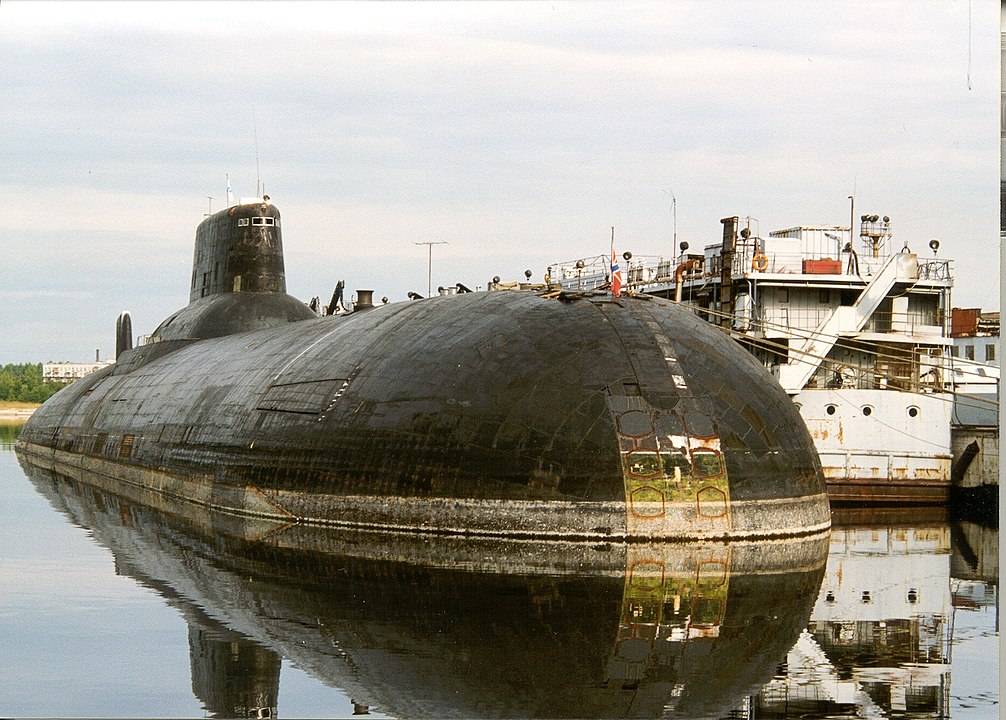
Source: DTRA / wiki commons
Arkhangelsk and Severstal were retired and placed in reserve in 2006 and 2004, respectively. TK 12 and TK 13 were retired and scrapped.
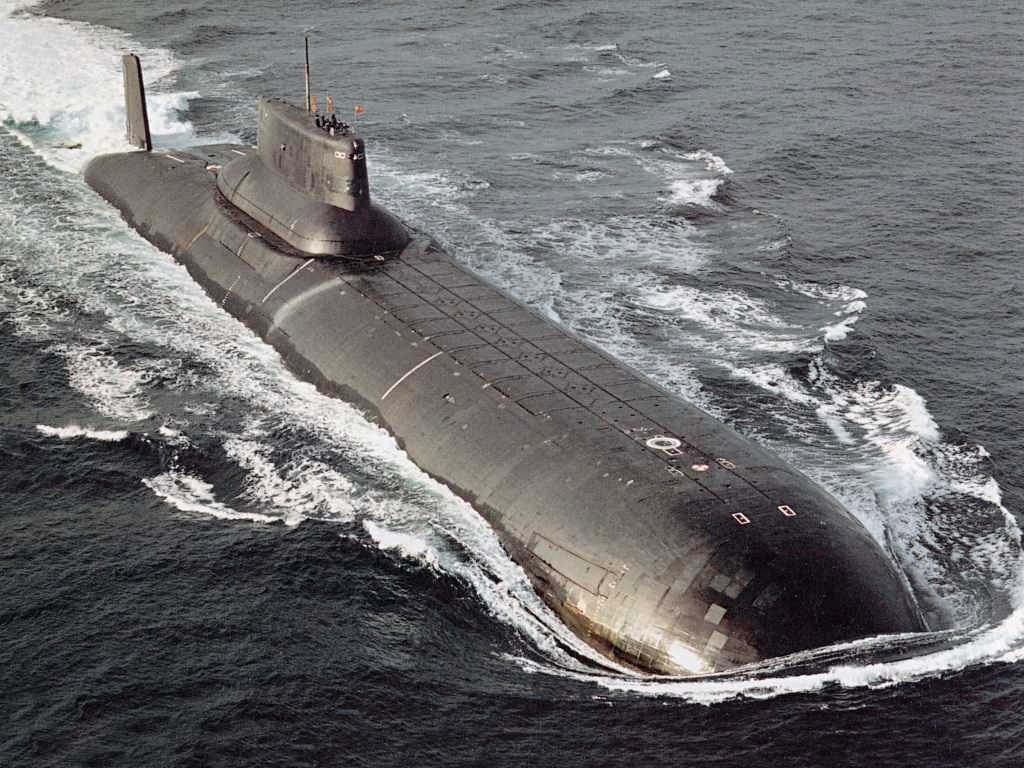
Source: Bellona Foundation / wiki commons
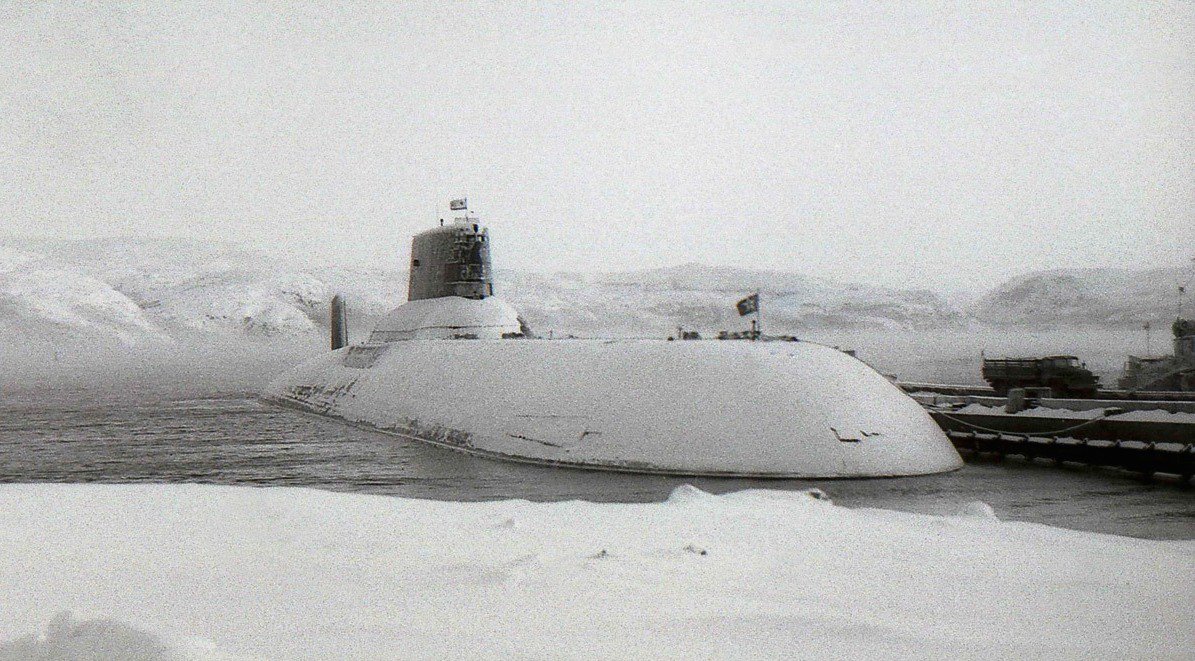
TK 202’s nuclear fuel was extracted by US-funded processing facilities and transformed into forms suitable for long-term storage or reuse with US support via the cooperative threat reduction program. The United Kingdom decided to take part in the decommissioning of Russia’s retired nuclear submarines.
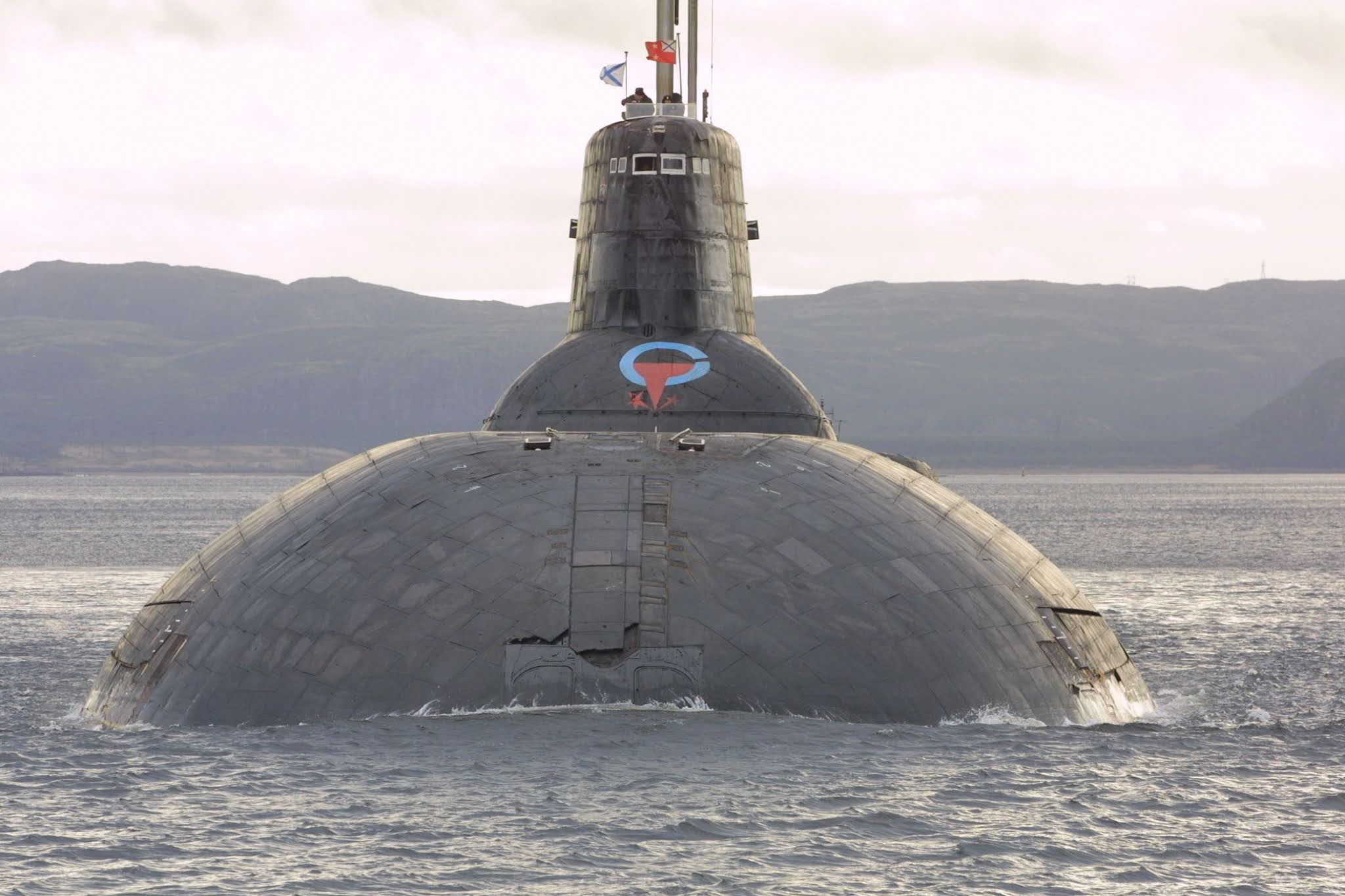
Design of the SSBN Typhoon class
The Typhoon class submarine is multi-hulled, with five inner hulls housed inside a superstructure comprising two main parallel hulls. Sound-absorbing tiles protect the superstructure. There are 19 chambers in all, including a reinforced module that contains the main control room and an electronic devices container above the main hulls behind the missile launch tubes.
The submarine’s design includes characteristics for traveling beneath the ice and breaking through the ice. It has a sophisticated stern fin with a horizontal hydroplane installed after the screws. The horizontal nose hydroplanes are foldable into the hull and are located in the bow portion.

Two periscopes (one for the commander and one for public use), a radio sextant, radar, radio communications, navigation, and direction-finder masts are among the retractable equipment.
They are kept in the sail guard. For ice-breaking, the sail and sail guard features a strengthened rounded cover.
The maximum diving depth is 400 meters. While surfaced, the speed is 12k, and when submerged, the speed is 25k. Typhoon is capable of being at sea for 120 days.
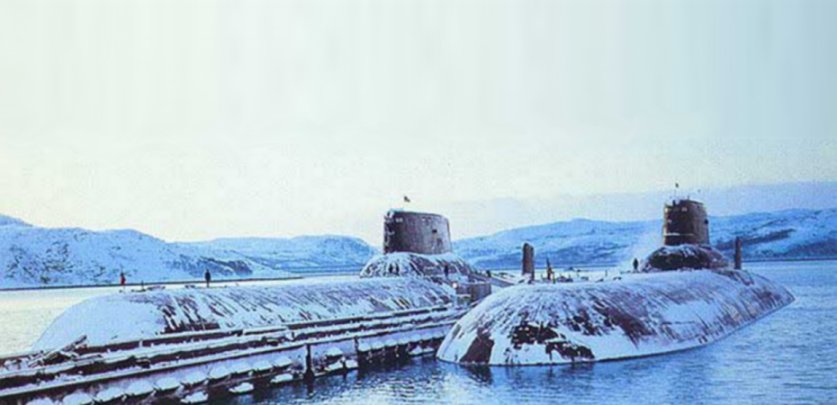
Typhoon-class SSBN missiles
The submarine carries 20 RSM-52 intercontinental solid-propellant ballistic missiles in three stages. The two rows of missile launch tubes are positioned in front of the sail, between the main hulls.
Each missile is made up of ten independently targetable multiple re-entry vehicles (MIRVs), each with a 100kt nuclear payload. Inertial guidance is used, with stellar reference updates. The range is 8,300km, with a precision (CEP) of 500m. The Makayev Design Bureau created the missile, which weighs 84,000kg at launch. It is known as the SS-N-20 Sturgeon in NATO.
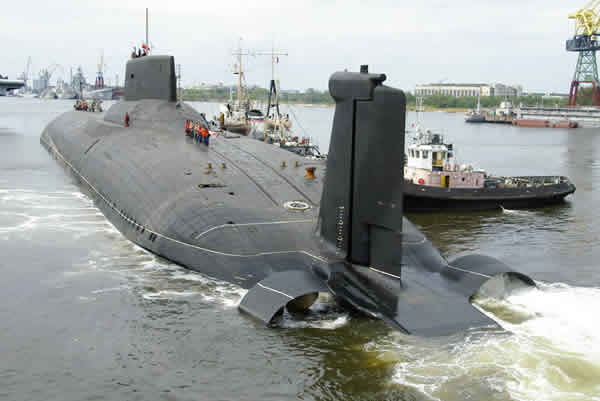
Dmitry Donskoy successfully conducted flight tests of the SS-N-30 Bulava, a new solid-fuel intercontinental ballistic missile being developed for the Russian Navy, in September and December 2005.
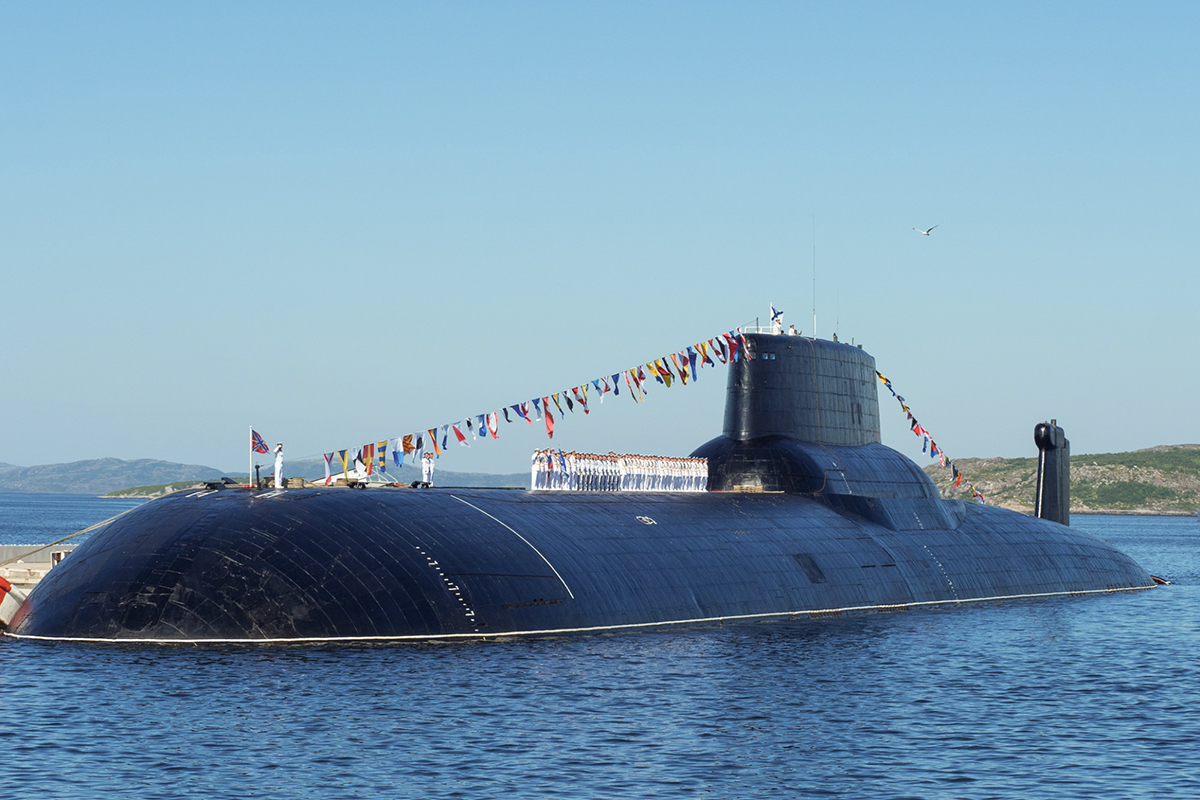
Source: Mil.ru / wiki commons
Bulava is said to have a range of over 8,000 kilometers and carry a 550k nuclear bomb. It is based on the Topol missile, which is launched from land (SS-27). Bulava will arm the Russian Navy’s new Borey class submarines beginning in 2008, and it may be adapted to the Typhoon class as well.
Torpedoes of the SSBN Typhoon class
Typhoon is equipped with four 630mm torpedo tubes and two 533mm torpedo tubes, and 22 anti-submarine missiles and torpedoes of various sorts. The torpedo chamber is located between the hulls at the top half of the bow. Mines can also be deployed via torpedo tubes.
Typhoon-class SSBN systems
The sonar is a form of active/passive search and attack sonar that is mounted on the hull under the torpedo chamber. The submarine is outfitted with surface target detection radar in the I/J band.
Some countermeasures include ESM (electronic support measures), a radar warning system, and a direction-finding system.

It contains two floating antenna devices that let it receive radio communications, target identification data, and satellite navigation signals at depth and beneath the ice cover.
Propulsion for SSBNs of the Typhoon class
The main equipment of the submarine consists of two nuclear water reactors and two turbo gear assemblies that include a steam turbine and a gearbox. Each main hull has one reactor and one turbo gear assembly.
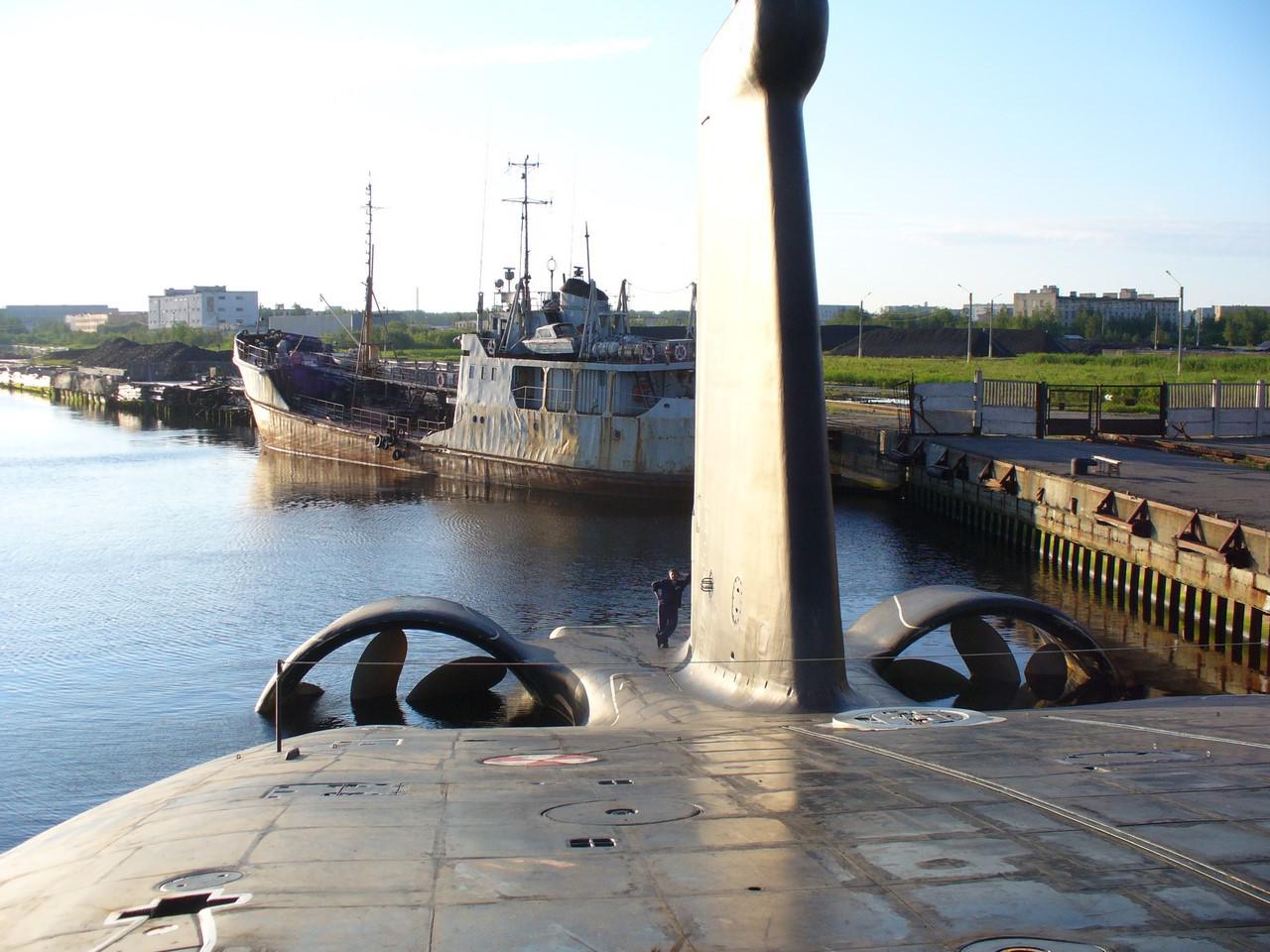
The capacity of each nuclear water reactor is 190MW. These power two 50,000hp steam turbines and four 3,200kW turbogenerators. Two 800kW diesel generators are linked to the shaft line and act as standby propulsion units. The two shrouded propellers have seven blades and a set pitch. A 750kW motor powers the built-in thrusters in the bow and stern, which are two telescopic rotating screw rudders.


